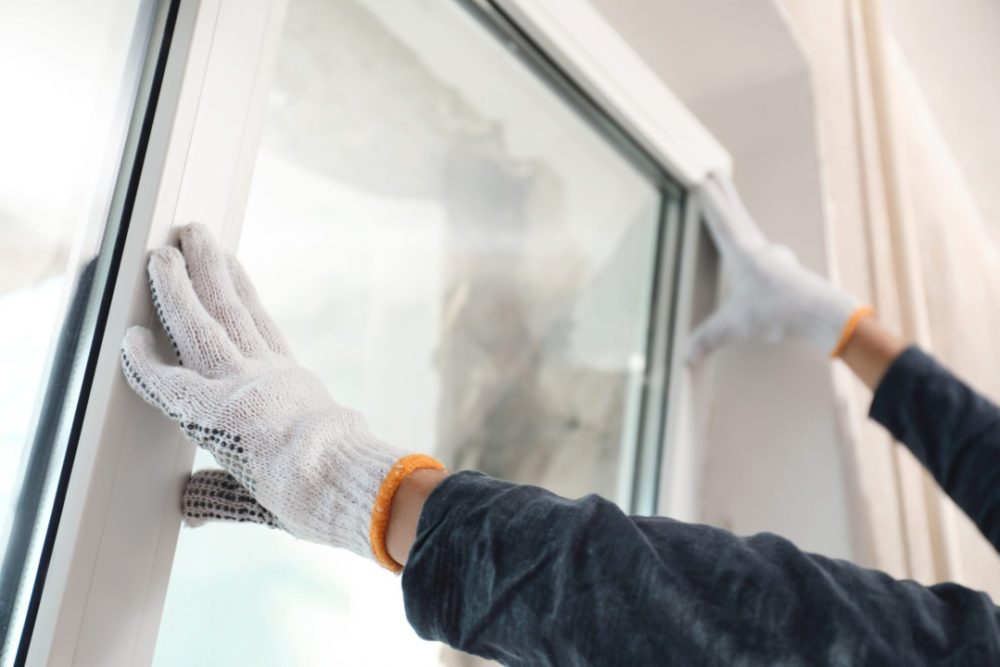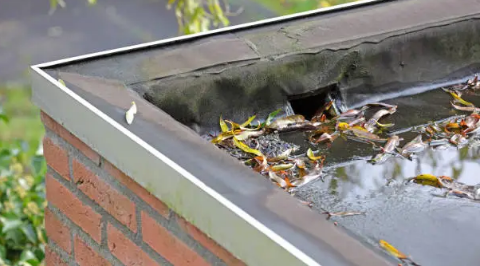
Windows can be an important means to unlocking cost and energy savings for building owners. According to the U.S. Department of Energy, windows are responsible for 8.6% of energy use in buildings. Energy efficient windows better regulate the temperature of a building, resulting in less of a reliance on heating and cooling systems and therefore decreased energy costs and carbon emissions. According to a study by the University of Florida, energy-efficient windows reduced energy use by 774 Gigawatt hours in the past 30 years, or the equivalent of 547 million metric tons of carbon emissions.
Carbon emissions and cost savings aside, energy efficient windows include additional benefits for building owners by increasing the value of a property. By helping to regulate the temperature of a property, energy efficient windows help to reduce drafts and cold spots, improving tenant comfort.
The most energy-efficient windows typically have several key features and characteristics that contribute to their performance. Some of these characteristics include:
Multiple Panes: Windows with two or three panes of glass, separated by air or gas-filled spaces, provide better insulation compared to single-pane windows. Double-pane windows, also known as dual-pane windows, and triple-pane windows enhance thermal performance by reducing heat transfer through the glass.
Gas Fills: In between the panes of insulated glass, inert gases like argon or krypton can be filled to improve insulation performance. These gases have higher insulating properties compared to regular air, reducing heat transfer through the window.
Low-E Coatings: Low-emissivity (low-E) coatings are thin, virtually invisible layers applied to window glass. These coatings help to reflect infrared heat while allowing visible light to pass through. Low-E coatings improve energy efficiency by minimizing heat gain in warm climates and heat loss in cold climates.
Insulated Glass Units (IGUs): IGUs consist of multiple glass panes sealed together, with insulating spacers in between. These units can incorporate low-E coatings, gas fills, and specialized frames to enhance energy efficiency by reducing heat transfer and improving thermal insulation.
Warm Edge Spacers: Warm edge spacers are used in insulated glass units to separate the glass panes and provide a thermal break. They help minimize heat loss at the edges of the window, reducing condensation and improving overall energy efficiency.
Frame Materials: Window frames made from energy-efficient materials, such as vinyl, fiberglass, or wood with thermal breaks, offer better insulation properties compared to aluminum frames. Insulated or composite frames can help reduce heat transfer and enhance overall energy efficiency.
Other, more easily applicable methods that contribute to the energy efficiency of windows include:
- Proper window placement or orientation
- Incorporating overhangs, awnings, or shading devices
- Window treatments such as blinds, curtains, or shades
- Options for natural ventilation, such as operable or tilt-and-turn windows, allow for increased airflow and can facilitate cross ventilation that reduces the need for mechanical cooling systems
To ensure the efficacy of energy efficient windows, there are several energy performance ratings to look out for. The U-value measures how well a window prevents heat from escaping, with lower U-values reflecting a more energy efficient window. The Solar Heat Gain Coefficient (SHGC) determines how well a window blocks heat from the sun. A good SHGC is dependent on the climate, with a lower SHGC suiting hot climates better. The Air Leakage Rating detects how well a window prevents air infiltration. Energy efficient windows should have an air leakage rating of 0.3 or below.
QEA Tech’s building envelope audits provide accurate and reliable data on the energy performance of windows, enabling targeted window replacements and retrofits that maximize energy savings and return on investment. Further, there are new innovations on the market such as window inserts that can avoid the costs of replacing windows. For example, our partnership with INOVUES allows for non-invasive glass inserts that cut installation costs and time as a result of INOVUES’ patented insulating glass retrofit technology.
With both economic and environmental benefits to reap, updating to energy efficient windows is a win-win scenario. Consulting with professionals like QEA Tech to quantify the energy loss and pinpoint issues within windows will help in making informed decisions about the possibilities of energy efficient windows for a particular building.


